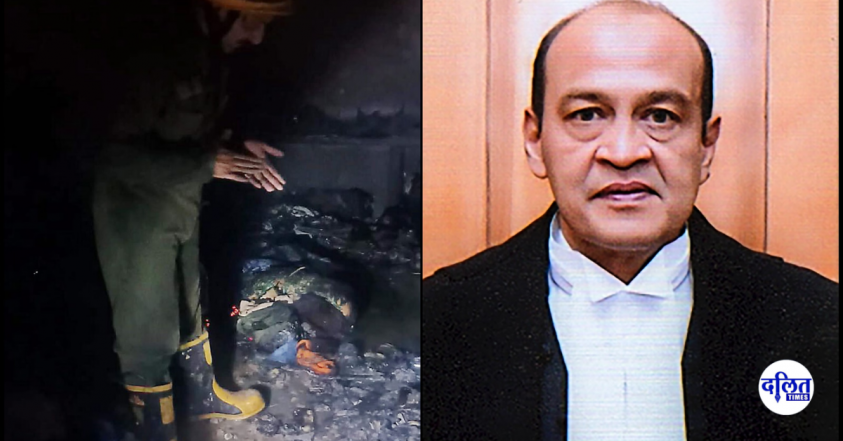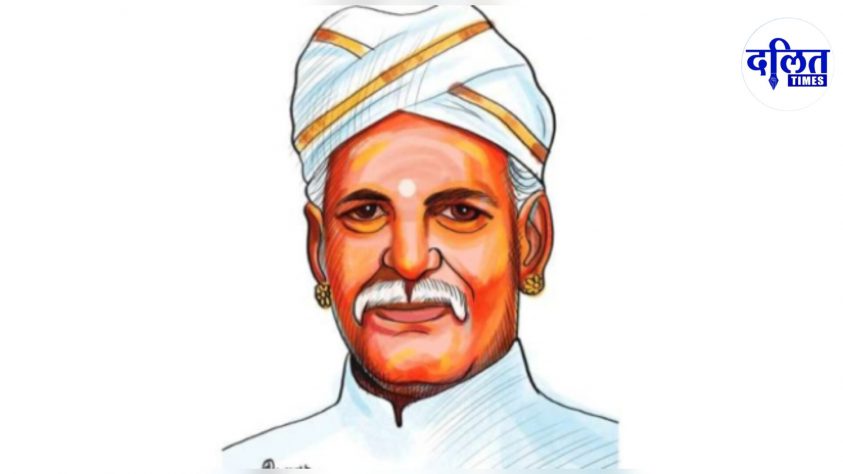On 28 May 2025, the Indian judiciary was jolted by a development of historic proportions: the initiation of impeachment proceedings against a sitting High Court judge after piles of unexplained cash—stacked 1.5 feet high—were found at his residence. The motion against Justice Varma, formerly of the Delhi High Court and now posted at the Allahabad High Court, follows damning findings by a Supreme Court in-house committee investigating a suspicious fire at his home in March.
What the fire unearthed was more incriminating than what it consumed: charred bundles of cash strewn across a storeroom—money that remains unaccounted for, both legally and ethically.
From Ashes to Accusation
The March blaze, though minor in scale, proved monumental in consequence. It drew investigators to Justice Varma’s residence, where they uncovered a financial scandal of stunning proportions. The Supreme Court promptly constituted a three-member in-house committee—comprising a sitting Supreme Court judge, a Chief Justice of a High Court, and an eminent jurist—to probe the incident.
The committee’s report was unequivocal. It found that Justice Varma’s possession of unexplained currency constituted “serious misbehavior” as defined under the Judges (Inquiry) Act, 1968, warranting removal from office. Despite being reportedly urged to resign, Varma refused. Subsequently, the Chief Justice of India, Sanjiv Khanna, recommended his impeachment to the President of India, who has since referred the motion to Parliament.
The Constitutional Mechanism: Rare, Rigorous, and Symbolic
Impeachment of a judge in India is governed by Article 124(4) of the Constitution and detailed in the Judges Inquiry Act, 1968. The process is intentionally arduous—designed to uphold judicial independence, not shield impunity.
A motion requires signatures from at least 100 Lok Sabha MPs or 50 Rajya Sabha MPs. Upon admission by the Speaker or Chairperson, a judicial inquiry committee is formed. If the committee finds the judge guilty of misbehavior or incapacity, the motion is presented before Parliament and must be passed by each House with a two-thirds majority of members present and voting. Only then can an address for removal be sent to the President.
A Precedent Yet to Be Set
While India has seen several impeachment motions, none has resulted in the actual removal of a judge by Parliament. The closest instance was in 2011, when the Rajya Sabha passed an impeachment motion against Justice Soumitra Sen, but he resigned before the Lok Sabha could act. The first-ever impeachment motion, against Justice V. Ramaswami in 1993, failed because the ruling Congress party abstained from voting—despite a guilty verdict by the inquiry committee.
Also Read : Justice for Nilesh Rathod: Another Dalit Life Lost to Caste Hatred in Gujarat
If successful, the Justice Varma case will mark India’s first-ever judicial impeachment completed through Parliament—a precedent that could reverberate through the corridors of constitutional governance.
Major Judicial Impeachment initiatives in India
- Justice V. Ramaswami (1993)
- Position: Supreme Court Judge
- Allegations: Financial irregularities as Chief Justice of Punjab and Haryana High Court.
- Outcome: Found guilty by inquiry committee, but impeachment motion failed in Lok Sabha due to political abstention.
- Significance: First impeachment motion against a Supreme Court judge; collapsed due to politics, not lack of evidence.
- Justice Soumitra Sen (2011)
- Position: Calcutta High Court
- Allegations: Misappropriation of ₹33 lakh as a court-appointed receiver.
- Outcome: Rajya Sabha passed impeachment motion; he resigned before Lok Sabha could vote.
- Significance: Closest to successful impeachment; resignation a common evasion tactic.
- Justice P.D. Dinakaran (2011)
- Position: Chief Justice of Sikkim High Court
- Allegations: Land grabbing and judicial corruption.
- Outcome: Resigned before committee could report; proceedings dropped.
- Significance: Exposed institutional reluctance to push judicial accountability.
Also Read : Mayawati’s Voice for constitutional values: BSP’s Courageous Stand Against the Waqf Amendment Bill, 2025
- Justice J.B. Pardiwala (2015)
- Position: Gujarat High Court
- Trigger: Controversial anti-reservation remarks.
- Outcome: Impeachment notice withdrawn after remarks expunged.
- Significance: Demonstrated how political and public pressure can avert impeachment.
- Justice C.V. Nagarjuna Reddy (2017)
- Position: Andhra Pradesh High Court
- Allegations: Casteist abuse of a Dalit judge.
- Outcome: Motion stagnated; continued in office.
- Significance: Highlights failure to act on caste-based judicial misconduct.
- Justice Dipak Misra (2018)
- Position: Chief Justice of India
- Allegations: Abuse of power and arbitrary case allocation.
- Outcome: Impeachment notice rejected by Rajya Sabha Chairman.
- Significance: Raised questions about unchecked CJI powers and need for reform.
- Justice S.N. Shukla (2021)
- Position: Allahabad High Court
- Allegations: Corruption in medical admissions scam.
- Outcome: Barred from work; retired without impeachment.
- Significance: Showed how judges can delay and escape accountability by serving out terms.
The Politics of Judicial Accountability
As Parliament deliberates Justice Varma’s impeachment, the stakes are high—not just for one judge, but for the judiciary’s institutional credibility. The political establishment must demonstrate that this motion is not just symbolic. A transparent, apolitical process will define whether this becomes a milestone in judicial reform or another episode of elite impunity.
Also Read : Justice for a Tribal Woman Brutally Murdered in Khandwa Must Be More Than a Postmortem Report
In an era where public trust in institutions is eroding, the Varma impeachment motion is more than a legal procedure—it is a test of the Republic’s moral compass.
A Time for Transparency, Not Silence
Justice Varma’s case is not an isolated fall from grace. It exposes structural gaps in the judicial system:
- No mandatory financial disclosures for judges;
- Lack of transparency in appointments and transfers;
- Absence of a robust, independent complaints mechanism.
Judicial authority is sacred only when it is accountable. If Parliament sees this process through, it will not only impeach a judge—it will restore faith in the Constitution.
Bindu Ammini | Advocate



